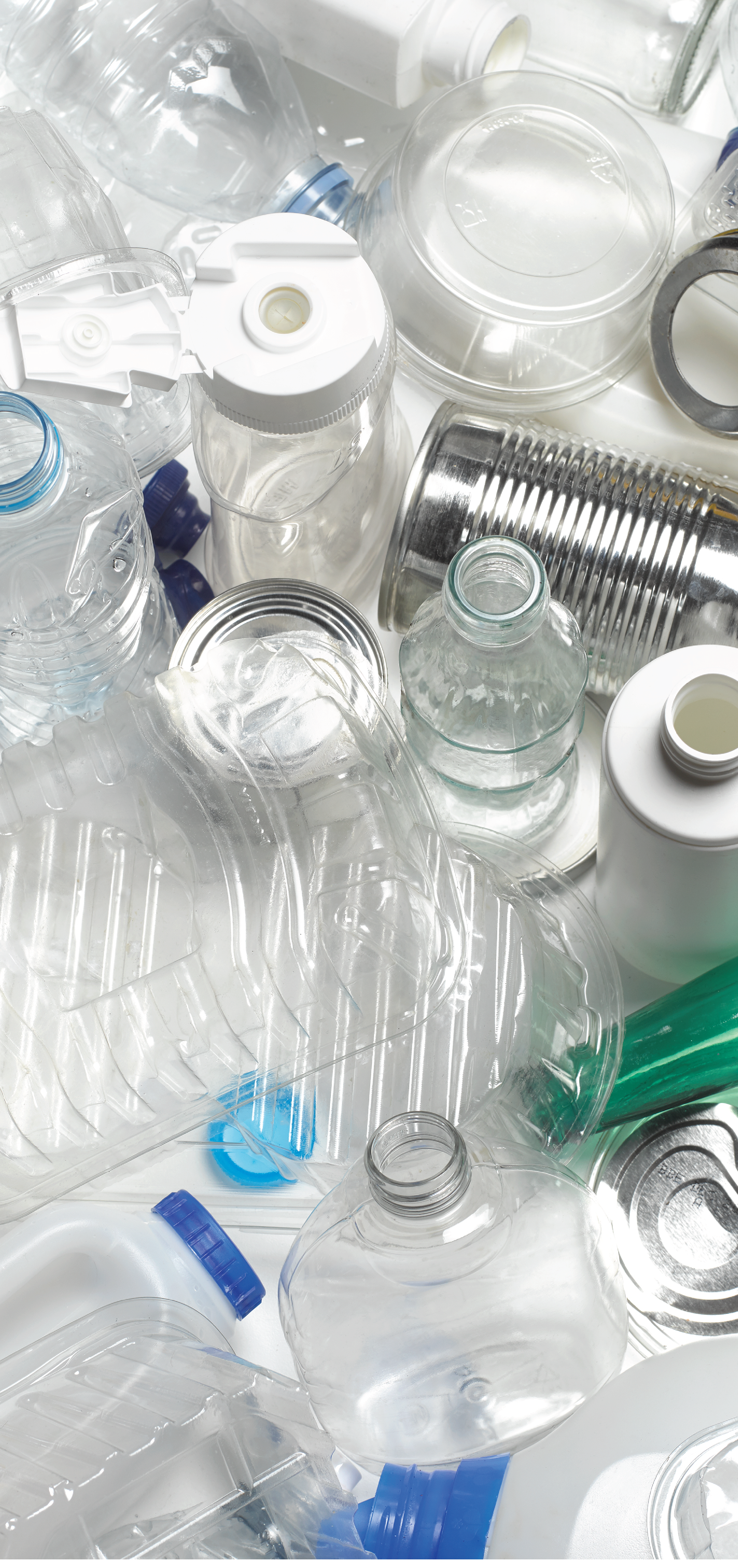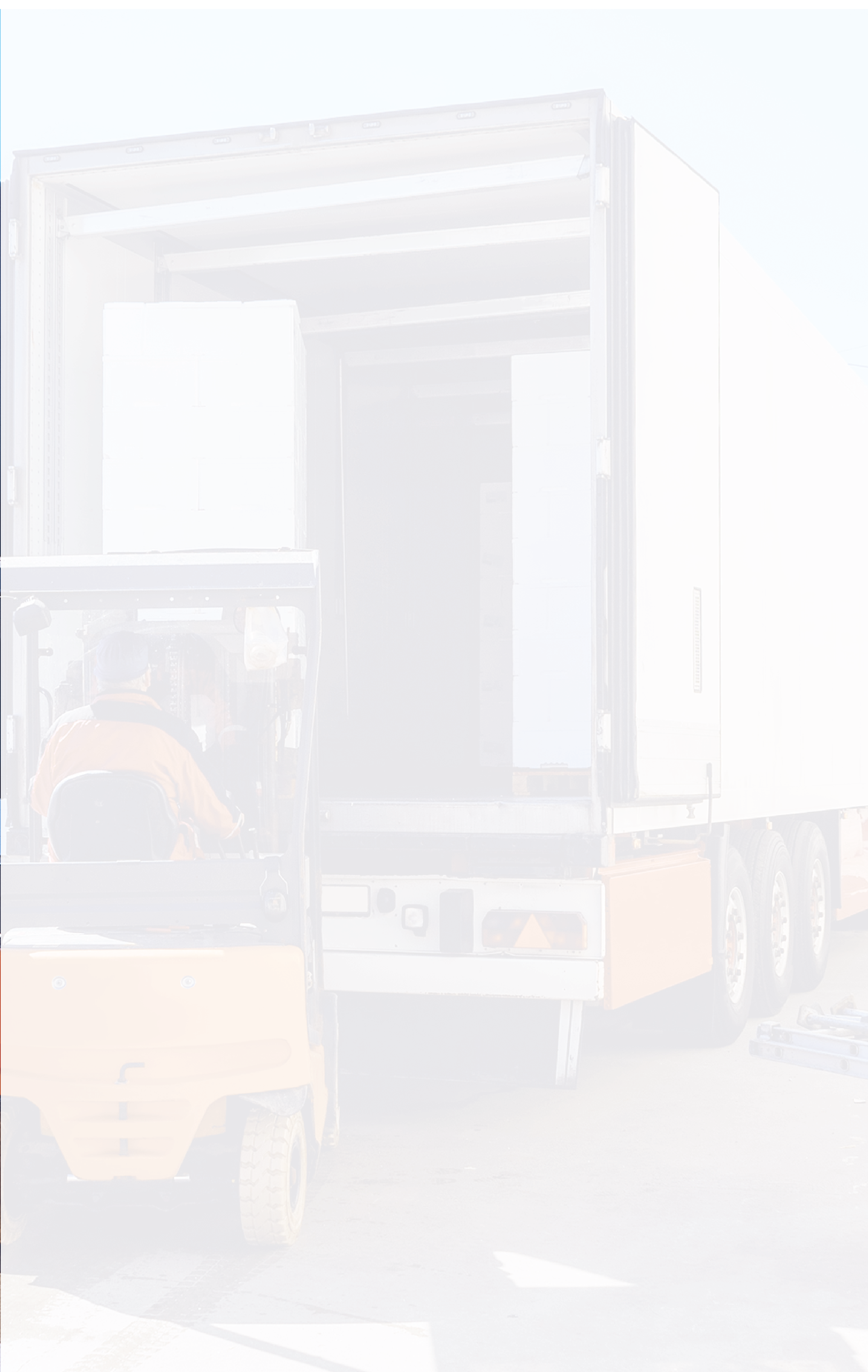How to think about sustainable packaging:
How composting works, where it ends up
and when compostable packaging makes sense
Packaging Life Cycle
Understanding the

Sustainable Packaging Toolkit
Produced as a part of the

Peanut Butter Jar:












What material components make up my packaging?
Materials
components
What is the overall environmental impact of my packaging?
What are the
end-of-life
options for my packaging?
End-of-life
Improving the sustainability of your packaging
requires a holistic understanding of its different materials.
To demonstrate, let’s use two examples:
Material components
Life cycle assessment
While peanut butter jars are often seen
as recyclable, each component is made
of a different material.
Label:
What is your label made of?
What about its adhesive?
What is your cap made
of? Is it made of PP #5?
Learn about plastic codes.
Cap:
Is your jar glass or
plastic? If it is plastic,
is it made of PETE
#1 or HDPE #2?
Jar:
Delivers the packaging
rigidity, providing
texture and structure.
Middle layer:
Branding is printed
on this layer and is what
the consumer sees.
Outer layer
Flexible film packaging is especially challenging, as conventional flexible
film is light-weight and comprised of different materials laminated together. This makes it extremely difficult to
collect, sort and recycle.
Internal layer:
Material components
Flexible Film Packaging:
What is your cap made
of? Is it made of PP #5?
Learn about plastic codes.
Cap:
Is your jar glass or
plastic? If it is plastic,
is it made of PETE
#1 or HDPE #2?
Jar:
What is your label made of?
What about its adhesive?
While peanut butter jars are often seen
as recyclable, each component is made
of a different material.
Label:
Material components
Peanut Butter Jar:
Improves product shelf-life
by serving as an oxygen
and moisture barrier.
Barrier:
Shelf appearance:
Structure:
Structure:
Packaging life cycle
Packaging format and materials have a direct impact
on the carbon footprint of your packaging.




























Life Cycle Assessment (LCA) methodology is a great tool to
help you gain a better understanding of the environmental impacts
that result from the packaging you choose.
Material
inputs
Packaging manufacturing
Distribution
Disposal/
recapture













Let's use distribution as an example:


Flexible Film Packaging




End-of-life
To make your packaging more sustainable,
start with the end in mind.
Which materials are used in your packaging and how those materials
are put together directly impacts where the packaging can go after
it is used (its end-of-life options). To make your packaging more
sustainable and move toward a circular economy, it needs to avoid
the landfill by being recyclable or compostable.
Peanut
Butter Jar


Is the label recyclable?
What about the adhesive?
Do they affect the recyclability of the jar itself?
Peanut Butter Jar:
Label:
If your cap is made of PP #5, it is only
recyclable in some curbside recycling programs.
Read about plastic codes here.
• Other plastics such as PETE #1 and HDPE #2
are widely recycled with stronger end-markets
for Materials Recovery Facilities (MRF).
Cap:
Jar:
Is your jar glass or plastic?
• Glass has a higher collection rate
than plastic and provides better
end-markets for MRFs.
• If PETE #1 or HDPE #2 it is widely recycled,
but it is important to note that the recyclability of plastic varies based on the type of resin.
Flexible Film Packaging:
It is recyclable if:
• It is made up of 100% PE
(HDPE/LDPE) and collected
by at least 60% of the
nation’s municipalities.
• It can be returned to
participating drop-off
locations such as retailers,
although collection rates are low.
Compostable:
• It is made from compostable
materials (not just biodegradable).
• It passes lab tests for ASTM D6400
or EN13432 standards.































End-of-life
Recyclable: To make your packaging recyclable, use materials that are easy to collect, sort and have strong recycled material end-markets.
Compostable: To make your packaging compostable,
use materials that are (individually and in combination)
fully compostable, meaning they are lab tested and pass ASTM D6400 or EN13432 standards.
Reusable: To make your packaging reusable, use a material that is resilient and can be easily refilled and sanitized.
Reduced: Another way to improve the sustainability of your packaging is to reduce the amount of material you are using.
Post-consumer recycled: To help support recycling, use post-consumer recycled (PCR) materials in your packaging to help divert packaging from landfills and provide more profitable end-markets for MRFs with recycled materials.
Learn more: To better understand how waste streams and end-markets
work, check out Recycling explained and The case for composting,
both a part of the Sustainable Packaging Toolkit.



Flexible Film Packaging
What to consider:
Can you reduce the size of your packaging in
order to increase your product volume on a pallet
to improve your LCA?
Flexible films are lighter to ship, but are extremely difficult to recycle and often end up in landfills.
What to consider:
Peanut Butter Jar
Glass jars are heavier to ship and can
negatively impact your LCA.
Plastic jars are lighter to ship but do not
have as high of a collection rate as glass.

Use

